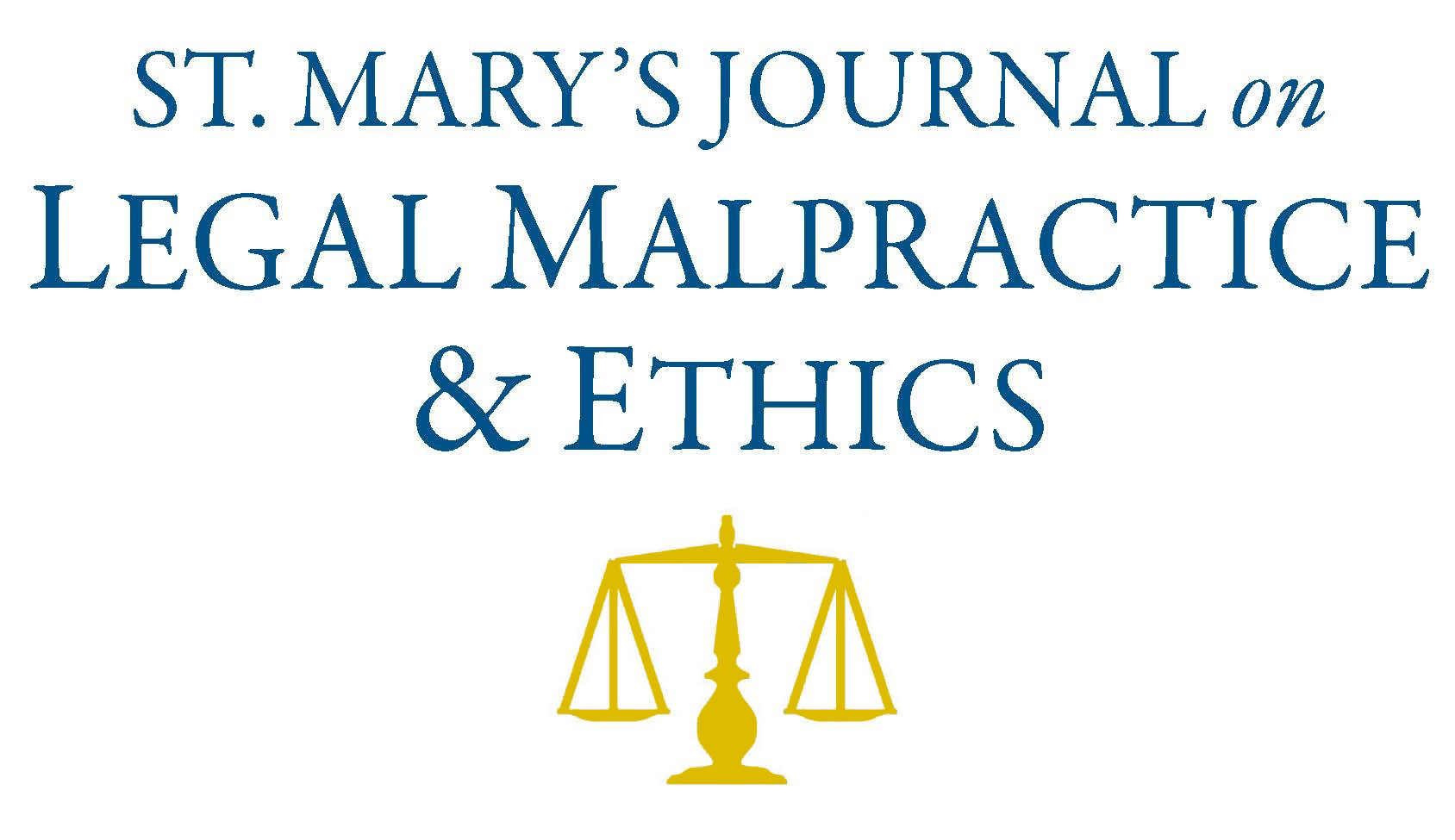
First Page
184
Date Created
10-2017
Publisher
St. Mary's University School of Law
Editor
Marissa E. Olsen
Last Page
237
Abstract
The use of electronic social communication has grown at a phenomenal rate. Facebook, the most popular social networking website, has over 1,968,000,000 users—a number that has exponentially grown since its inception in 2004. The number of judges accessing and using electronic social media (ESM) has also increased. However, unlike the general population, judges must consider constitutional, ethical, technical, and evidentiary implications when they use and access ESM. The First Amendment forbids “abridging the freedom of speech” and protects the expression of personal ideas, positions, and views. However, the American Bar Association’s Model Code of Judicial Conduct and the Texas Code of Judicial Conduct require a judge to “act at all times in a manner that promotes public confidence in the independence, [] integrity, [] and impartiality [] of the judiciary and . . . [to] avoid impropriety and the appearance of impropriety” in all areas of the judge’s activities.” Additionally, for the judges that are elected, the essential use of ESM in campaigns creates an additional ethical dimension. The virality or the capability to share and re-share content exponentially, makes judges’ expression and conduct more vulnerable to public scrutiny. This Article examines ESM’s use and impact on the judiciary. It will examine the parameters imposed by the Texas Code of Judicial Conduct on the use of ESM by reviewing and comparing recent state and national developments.
Recommended Citation
M. S. Kurita,
Electronic Social Media: Friend or Foe for Judges,
7
St. Mary's J. on Legal Malpractice & Ethics
184
(2017).
Available at:
https://commons.stmarytx.edu/lmej/vol7/iss2/3
Included in
Computer Law Commons, Courts Commons, Internet Law Commons, Judges Commons, Law and Society Commons, Legal Ethics and Professional Responsibility Commons, Legal Profession Commons, Legal Remedies Commons, State and Local Government Law Commons


